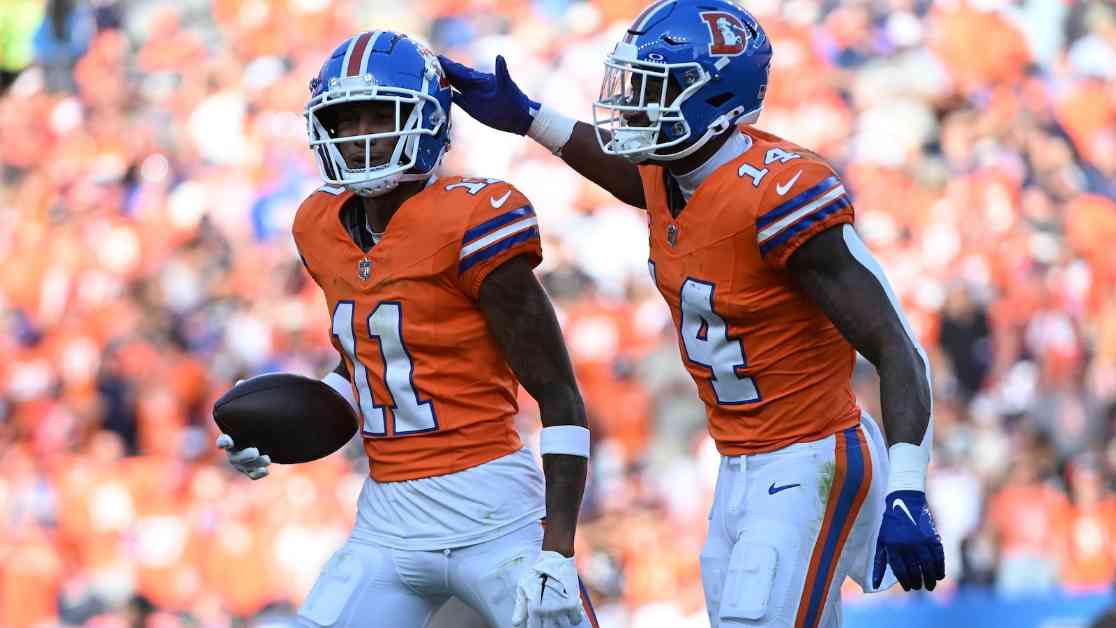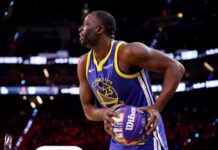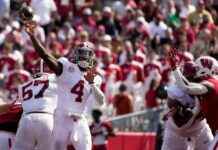Denver Broncos wide receiver Josh Reynolds was involved in a frightening incident last week when he was shot, according to Broncos coach Sean Payton. Payton mentioned that Reynolds is doing okay physically, but he was quite shaken up by the incident. The coach expressed his relief that Reynolds survived the shooting and mentioned that both the league and local authorities are handling the situation.
Reynolds, who had been recovering from a broken finger sustained in a previous game, was at practice during the week leading up to the incident. He was working on a side field due to his injury, which had placed him on injured reserve. This injury prevented Reynolds from traveling with the team to New Orleans for their game against the Saints.
The shooting incident occurred while Reynolds was driving with another individual from a strip club in the early morning hours. The Denver police have arrested two men in connection with the shootings, and the investigation is ongoing. Reynolds was reportedly shot in the left arm and in the back of his head during the incident.
Teammates of Reynolds, such as cornerback Pat Surtain II and left tackle Garett Bolles, expressed their relief that he survived the harrowing experience. They emphasized the importance of supporting Reynolds during his recovery and acknowledged the seriousness of the situation. Bolles particularly highlighted the close-knit nature of the team and the impact that such incidents can have on the entire organization.
Reynolds, who is in his ninth NFL season and first with the Denver Broncos, signed a significant contract last offseason. He has made valuable contributions to the team in the games he has played, showcasing his skills as a wide receiver. Despite the challenges he has faced, Reynolds has shown resilience and determination in his football career.
As Reynolds continues to recover from the injuries sustained during the shooting, his teammates, coaches, and fans are rooting for his swift and full recovery. The incident serves as a reminder of the dangers that professional athletes can face both on and off the field, highlighting the need for increased awareness and support for players in such situations.












